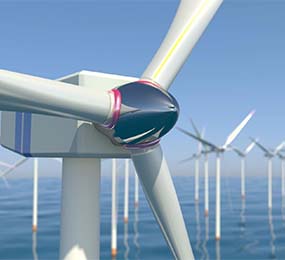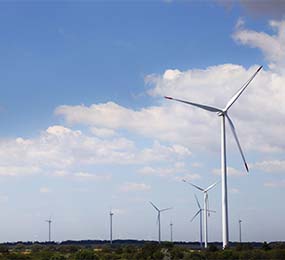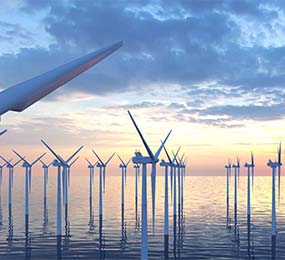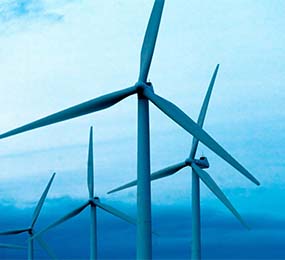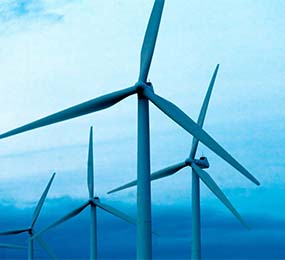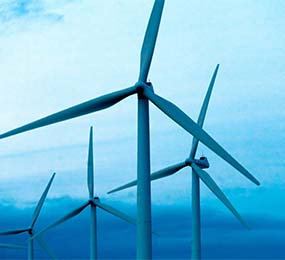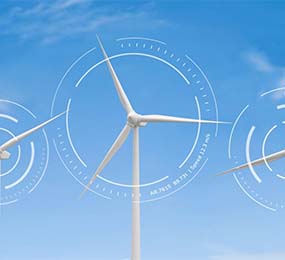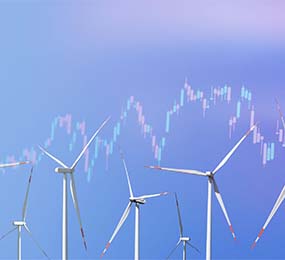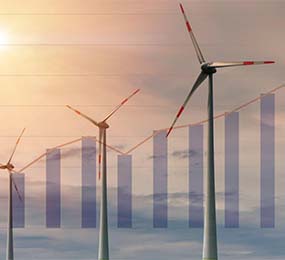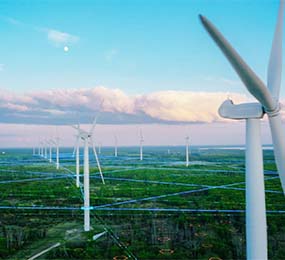Technological Advances in Wind Blade Recycling: Breaking Down Challenges and Achieving Efficiency
As the renewable energy sector continues to grow, there is a pressing need to address the end-of-life challenges associated with wind turbine blades. These large composite structures have traditionally posed a recycling challenge due to their complex composition and size. However, recent technological advances have opened up new possibilities for efficient wind blade recycling.
One of the key breakthroughs is the development of advanced mechanical and chemical processes that can effectively break down composite materials and extract valuable components for reuse. Innovations such as grinding, shredding, and pyrolysis techniques have shown promise in efficiently separating the various materials within wind blades, including glass fibers and resins.
Furthermore, advancements in sorting technologies and automated systems have improved the efficiency of wind blade recycling. Optical sorting, robotic systems, and artificial intelligence-based technologies are being employed to streamline the dismantling and sorting processes, ensuring effective material recovery and minimizing waste.
In addition to mechanical and chemical methods, researchers are exploring alternative recycling approaches. These include the use of biological agents, such as enzymes and microorganisms, to break down composite materials in an eco-friendly manner.
Efficiency in wind blade recycling is not just limited to the technical aspects but also extends to the scalability and economics of the process. Efforts are being made to develop cost-effective recycling solutions that can be implemented at a larger scale. This involves optimizing the logistics, transportation, and storage of wind blade waste to maximize resource recovery and minimize environmental impact.
Moreover, collaboration between industry stakeholders, including manufacturers, recyclers, and researchers, is vital for achieving efficient wind blade recycling. By sharing knowledge, expertise, and best practices, the sector can collectively overcome challenges and drive innovation in the field.
The advancements in wind blade recycling technologies mark a significant step forward in achieving a more sustainable and circular wind energy industry. By effectively breaking down wind turbine blades and recovering valuable materials, we can reduce waste, conserve resources, and minimize the environmental footprint of renewable energy generation.
In conclusion, technological advances in wind blade recycling are revolutionizing the industry by breaking down challenges and achieving greater efficiency. Through innovative processes, improved sorting technologies, and collaborative efforts, we can unlock the potential for a more sustainable future where wind turbine blades are recycled effectively, ensuring the long-term viability of renewable energy and reducing the environmental impact of the sector.
Visit our website to know more: https://www.leadventgrp.com/events/2nd-annual-wind-blade-materials-and-recycling-forum/details
For more information and group participation, contact us: [email protected]
Leadvent Group - Industry Leading Events for Business Leaders!
www.leadventgrp.com| [email protected]


